12 Destinations That Lost Their Magic When Tourists Arrived
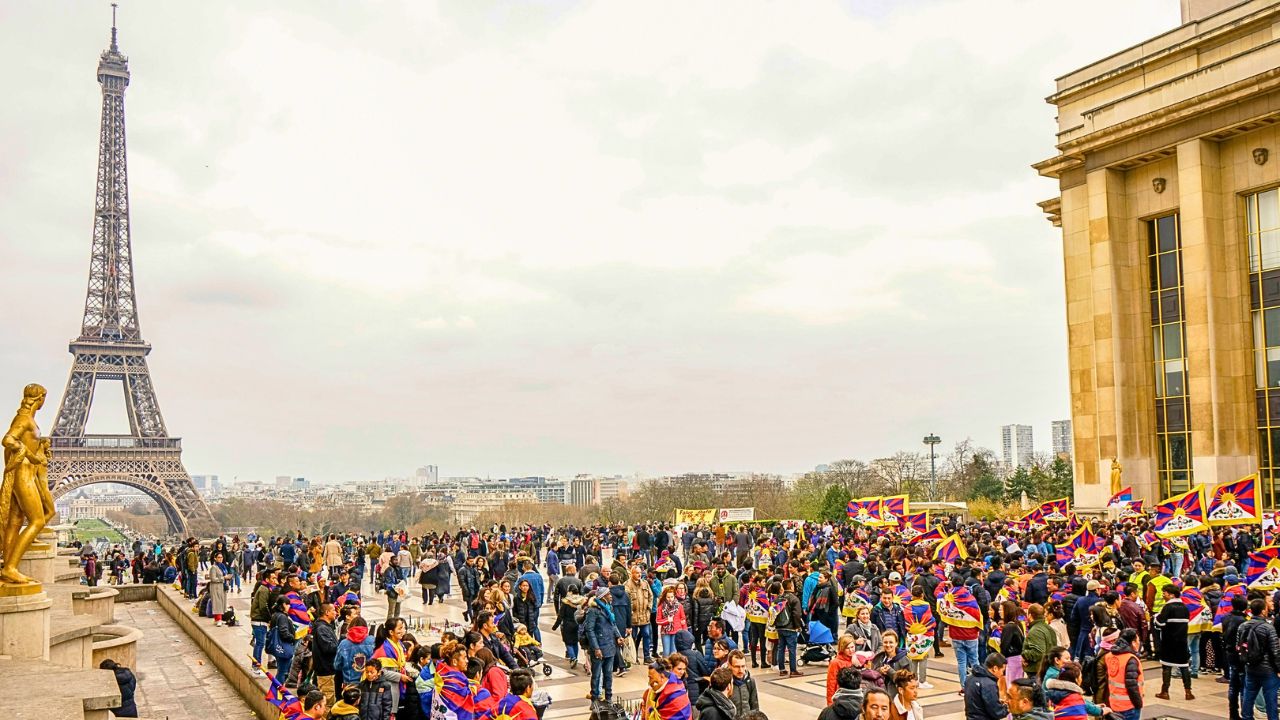
Some places feel like dream destinations until you arrive and realize thousands of others had the same plan. Over tourism has quietly eroded the charm of once-tranquil escapes, overwhelming small communities, damaging fragile environments, and shifting local life to serve the crowd. From beaches forced to close to historic cities transformed into photo backdrops, these 12 destinations show how too much love can ruin the magic. If you’re heading to any of them, it’s worth knowing what’s changed and what might be lost.
1. Venice, Italy
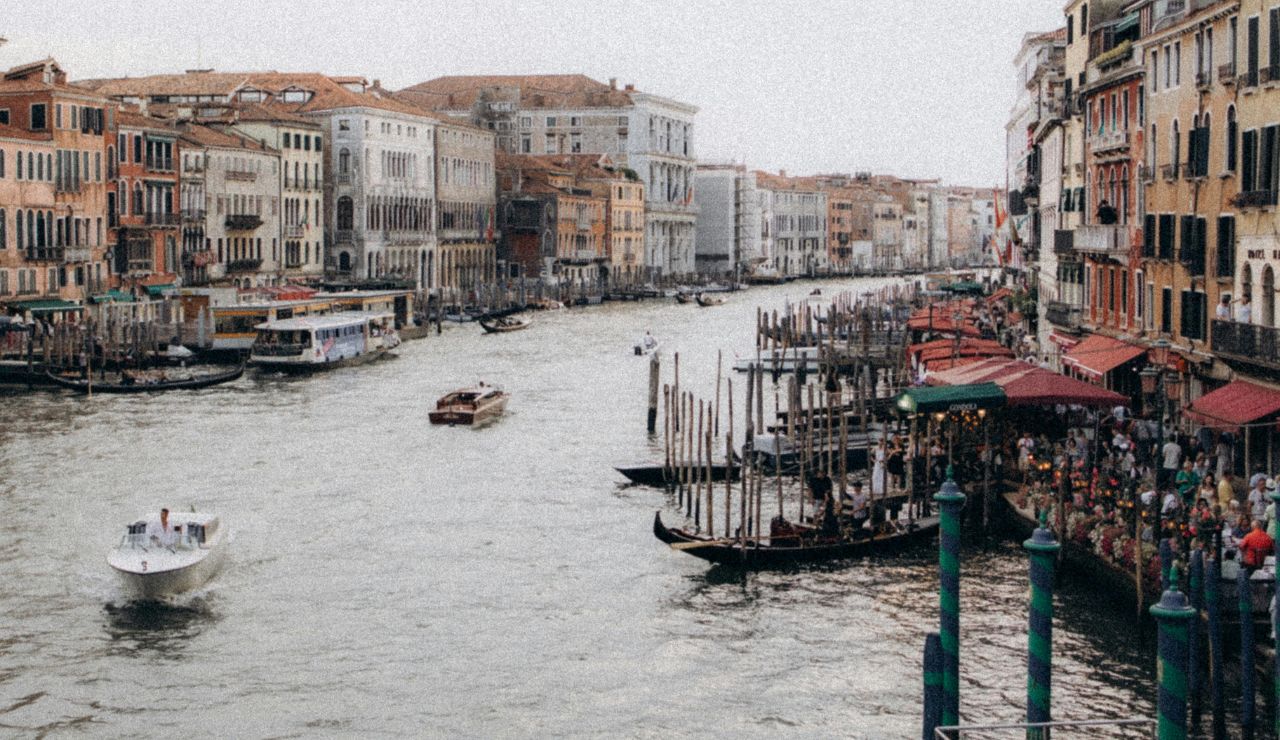
With cruise ships looming over it’s narrow canals and tourists vastly outnumbering locals, Venice is drowning both figuratively and literally. Rising rents, crowded alleyways, and daily floods have made everyday life tough for residents and the charm harder to feel for visitors. Quiet corners are rare, replaced by selfie sticks and souvenir stalls. Even the Italian government has stepped in, introducing access fees and cruise ship bans in a bid to protect the sinking city from being loved to death.
2. Barcelona, Spain
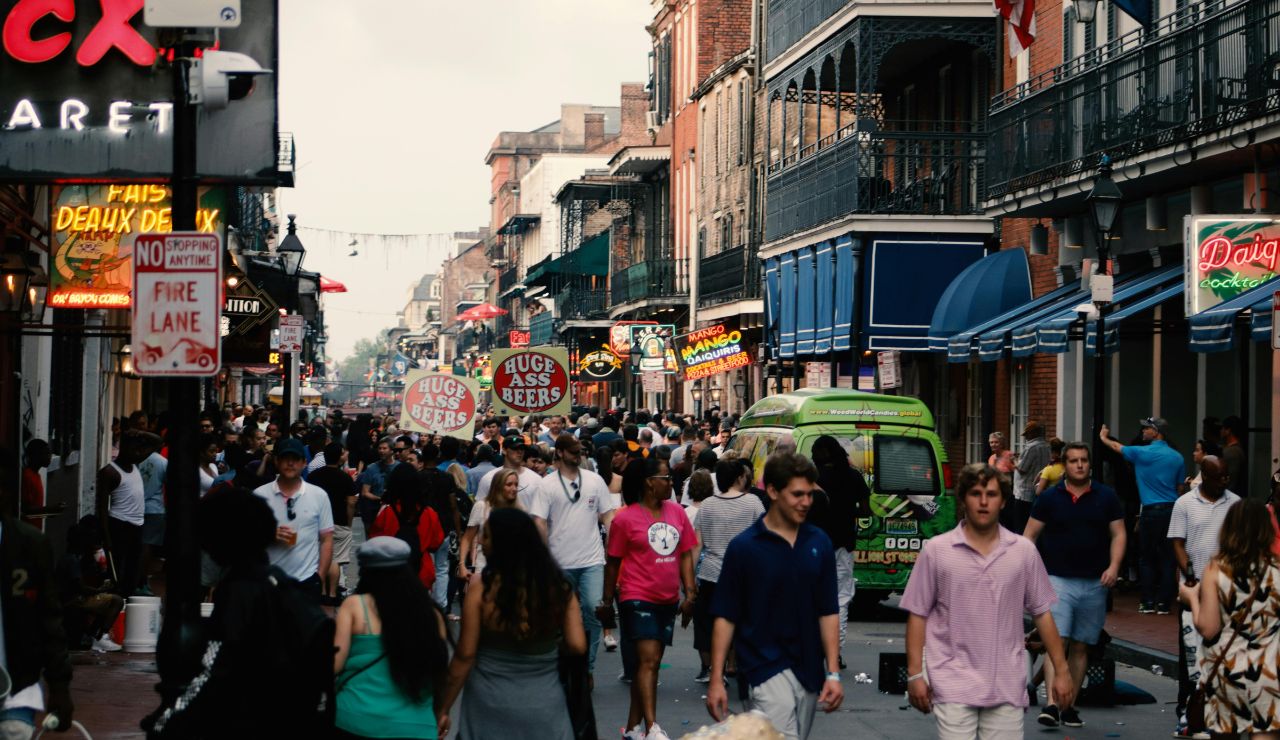
Barcelona’s bold design and beachside buzz draw millions, but the impact runs deep. Locals have protested rising rents, overcrowded streets, and a wave of short-term rentals that have pushed families out of once neighborhoods. Public services strain under constant visitor pressure, and many residents now avoid the city center entirely. What was once a place of spontaneous energy now feels curated and congested, with its authenticity slipping beneath the surface of nonstop tourism.
3. Santorini, Greece

Santorini’s cliffside villages and golden sunsets once promised quiet, romantic charm. But today, peak season brings cruise ship crowds that overwhelm the narrow streets of Oia, turning scenic strolls into slow-moving lines. Prices have soared, and the island’s calm has been replaced by queues, tour groups, and camera flashes. What was once a tranquil escape now feels curated for crowds, beautiful still, but far from the peaceful Greek dream it once was.
4. Dubrovnik, Croatia
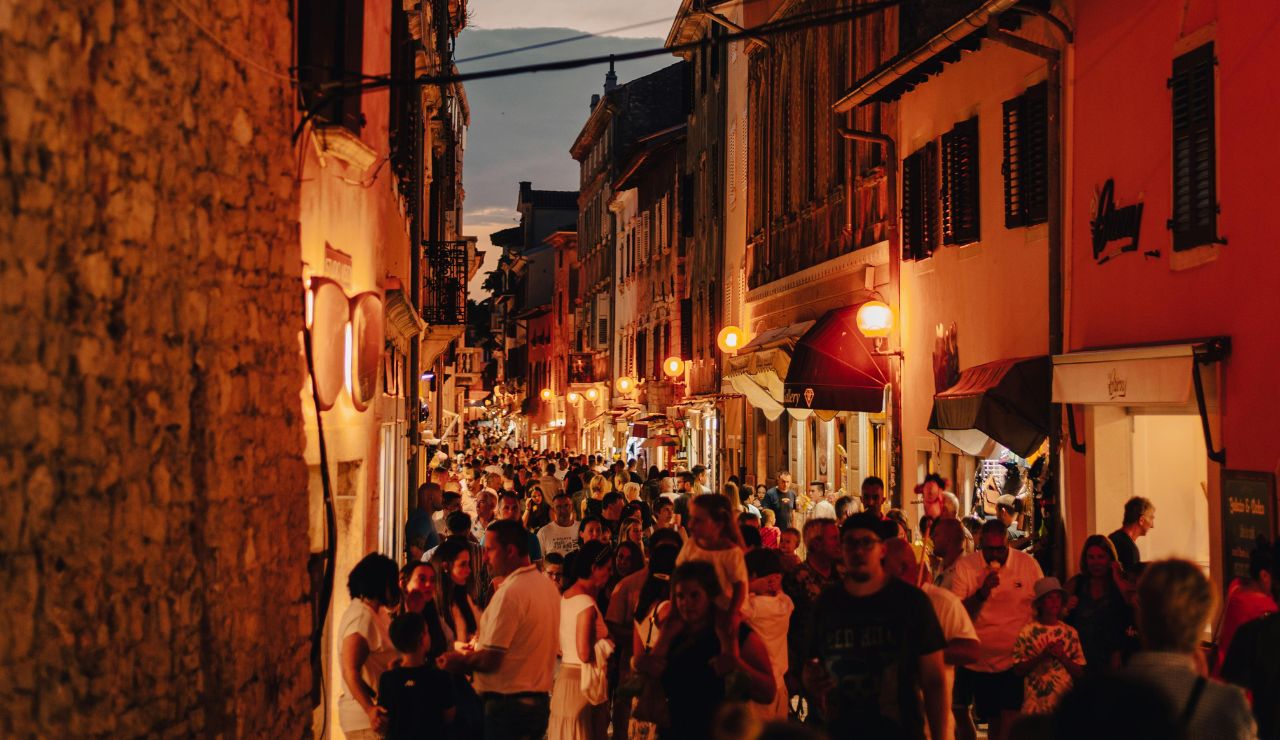
Dubrovnik’s walled old town once offered peaceful strolls through centuries of history. But its role as Game of Thrones’ King’s Landing changed everything. Tourists now flood the narrow streets, especially during cruise ship hours, turning quiet corners into bottlenecks. Infrastructure strains under the pressure, and many locals have moved out, replaced by short-term rentals and souvenir shops. New regulations aim to slow the surge, but the city’s medieval magic often gets buried under the weight of its own fame.
5. Machu Picchu, Peru
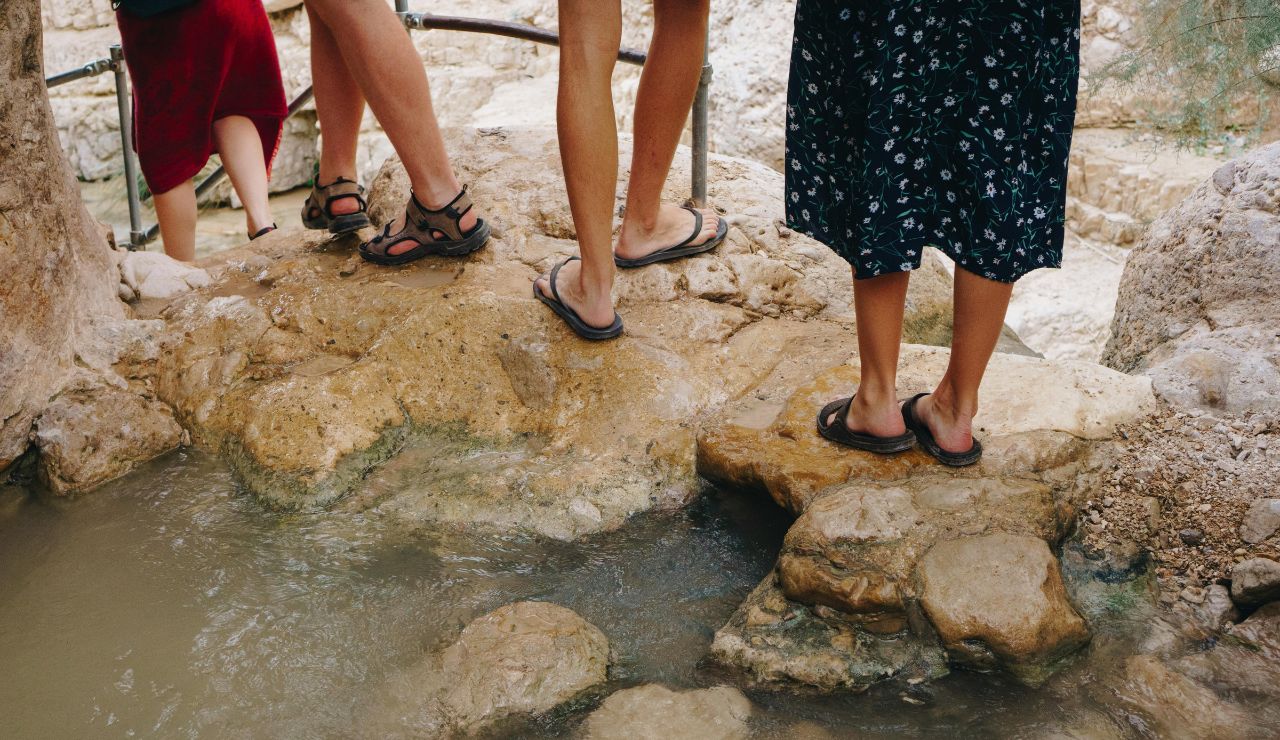
Machu Picchu’s ancient stone paths were never meant to carry over a million visitors a year. The Incan citadel, perched high in the Andes, now battles erosion, overuse, and the challenge of preserving its sacred spaces. Timed entry and ticket limits help, but crowds still pour in daily, wearing down the site’s fragile infrastructure. The quiet wonder that once defined travel is often replaced by noise, lines, and the pressure to move along quickly. The magic isn’t gone but it’s harder to find. Our tip is to get there as early in the morning as possible to enjoy it for a few moments before the crowds come in.
6. Mount Everest, Nepal
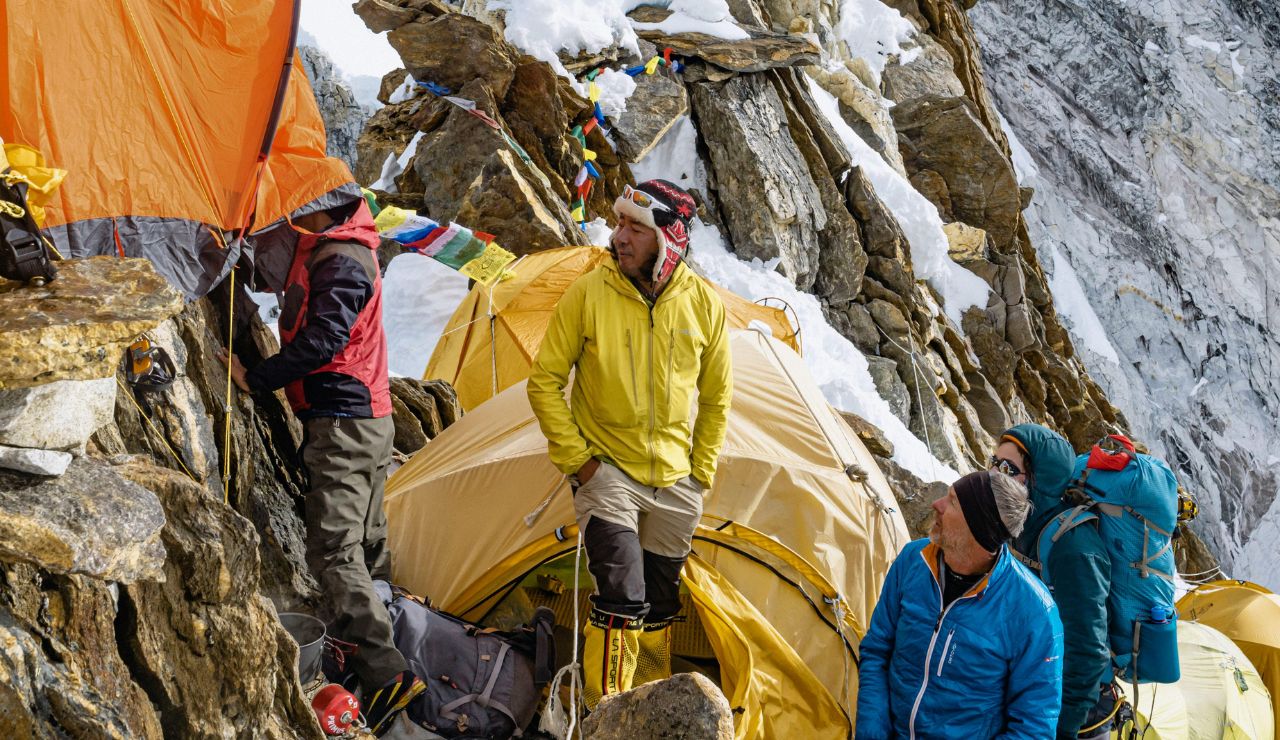
Mount Everest was once the ultimate test of endurance and isolation. Now, it’s a symbol of over-tourism at the top of the world. Each climbing season brings viral photos of traffic jams near the summit and litter-strewn trails. Expeditions have become big business, often putting inexperienced climbers and local Sherpas at serious risk. What should feel remote and sacred has taken on the feel of a crowded bucket list checkpoint, where ambition often outweighs respect for the mountain.
7. Angkor Wat, Cambodia
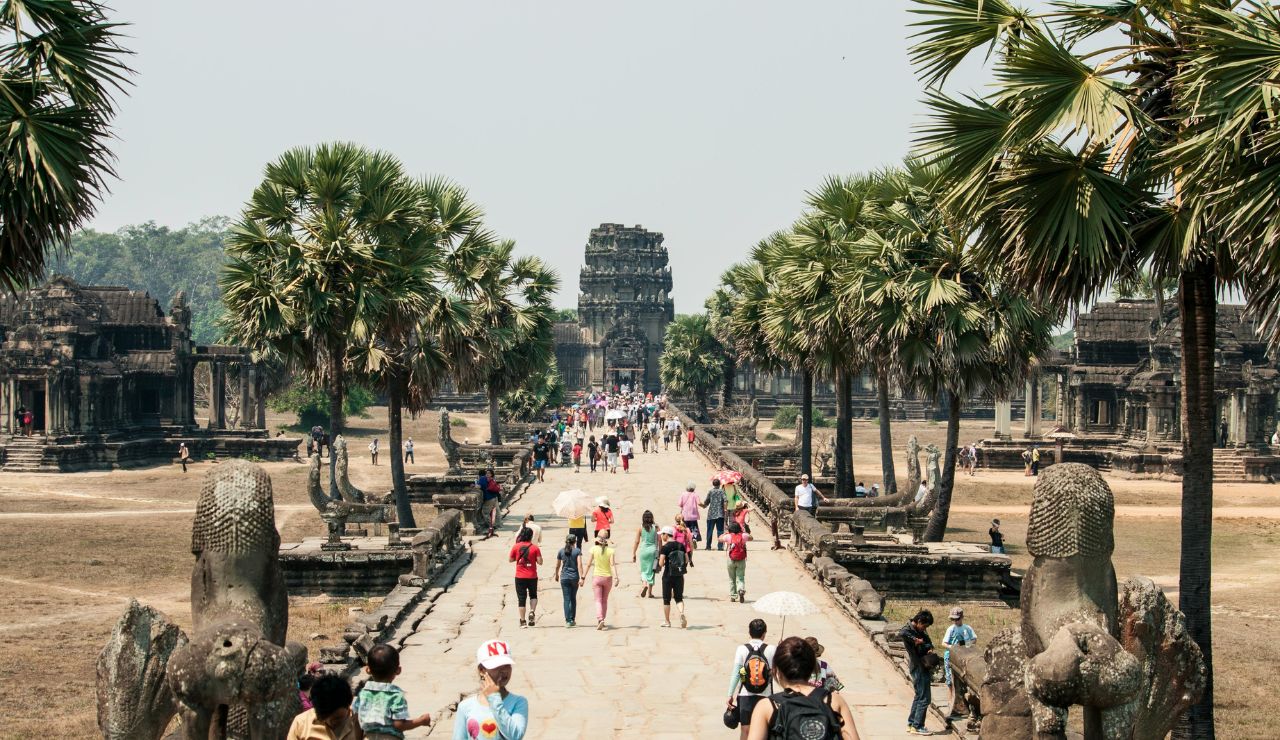
Angkor Wat once offered a sacred, almost mystical glimpse into Cambodia’s ancient Khmer Empire. But today, the serenity has faded beneath the shuffle of tour groups and the glare of camera flashes. Stone carvings are worn from endless foot traffic, and crowded temple halls trap heat and noise. Preservation teams work tirelessly, but the quiet reverence that once defined Angkor is harder to find. What was once a deeply spiritual site now struggles to offer more than a rushed photo stop. Do what we did and find a trusted local tour guide and explore some of the less trafficed temples for a unique experiance.
8. Maya Bay, Thailand

Maya Bay, made iconic by The Beach, was once a secluded slice of paradise. But fame brought floods of speedboats, snorkelers, and sunseekers devastating its coral reefs and marine life. Authorities were forced to close the bay for years to let nature recover. Though it has since reopened with strict visitor limits, the scars remain. The once-pristine cove now serves as a sobering reminder of how quickly tourism can overwhelm fragile beauty when left unchecked.
9. Boracay, Philippines
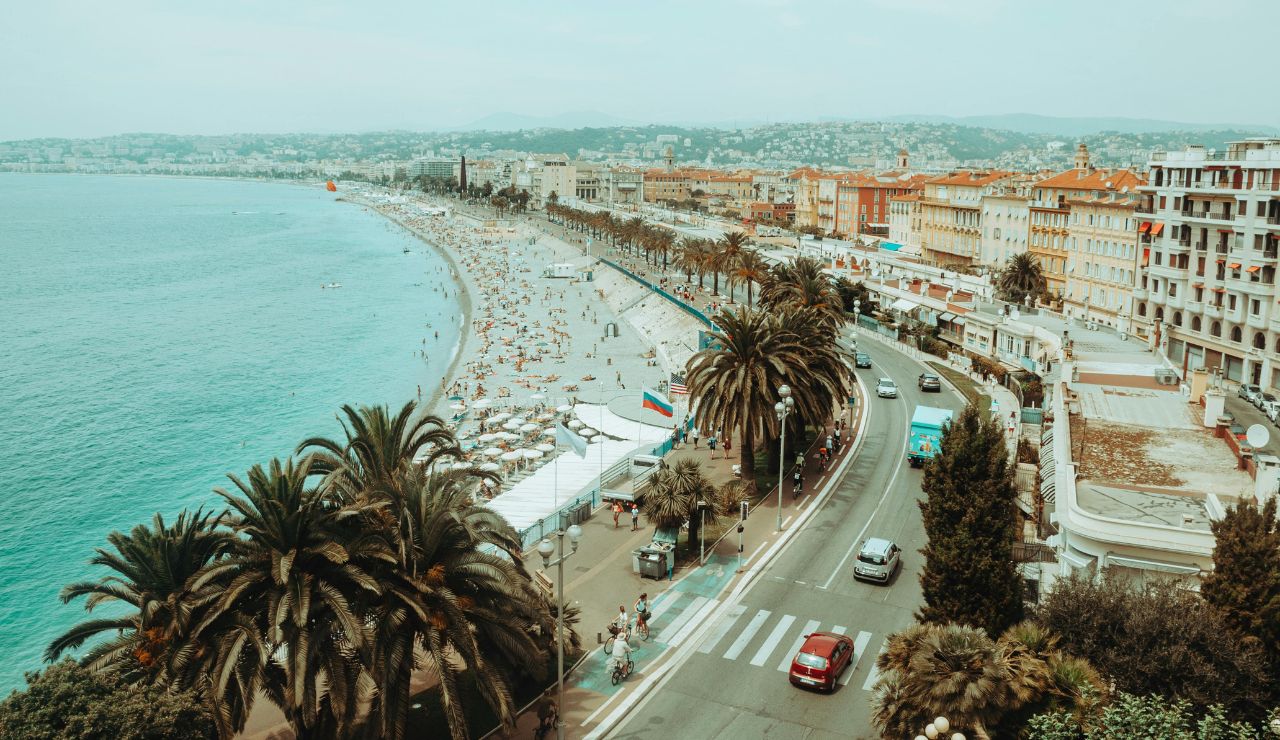
Boracay was once known for its powdery white sands and laid-back island vibe, a paradise for backpackers and beach lovers alike. But years of unchecked development, overcrowding, and pollution pushed the island to the brink. In 2018, the Philippine government shut it down for six months to fix a sewage crisis and environmental damage. Though it has since reopened with new rules, many say the charm and authenticity that made Boracay special have been lost beneath the concrete and crowds.
10. Hallstatt, Austria

Hallstatt’s fairy-tale setting misty lake, alpine peaks, pastel houses once made it one of Austria’s best-kept secrets. Then it went viral. After being copied by a developer in China and shared endlessly on social media, this tiny village of under 1,000 residents now sees over a million tourists each year. Quiet mornings have been replaced by tour buses and selfie sticks. Locals struggle with the crush of visitors, and the village’s peaceful charm has been eclipsed by its internet fame.
11. Tulum, Mexico
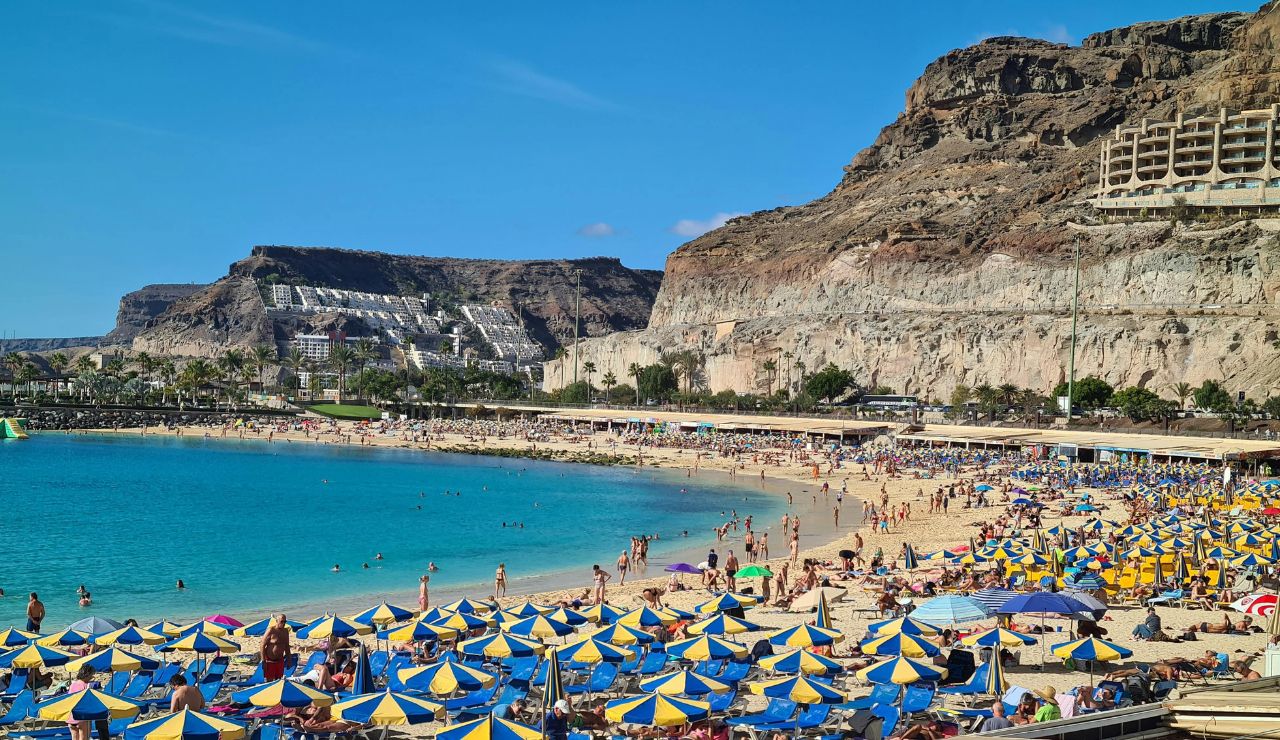
Tulum was once a Unnoticed Treasure on Mexico’s Caribbean coast simple cabanas, quiet beaches, and a deep focus on wellness and sustainability. But its rapid rise to fame brought luxury resorts, skyrocketing prices, and endless photo ops. Traffic now chokes the jungle roads, and the boho vibe has given way to crowded beach clubs and curated experiences. The original spirit of Tulum earthy, relaxed, and rooted in nature is still there, but it’s buried under layers of trendiness and tourism.
12. Bali, Indonesia (Canggu & Ubud)
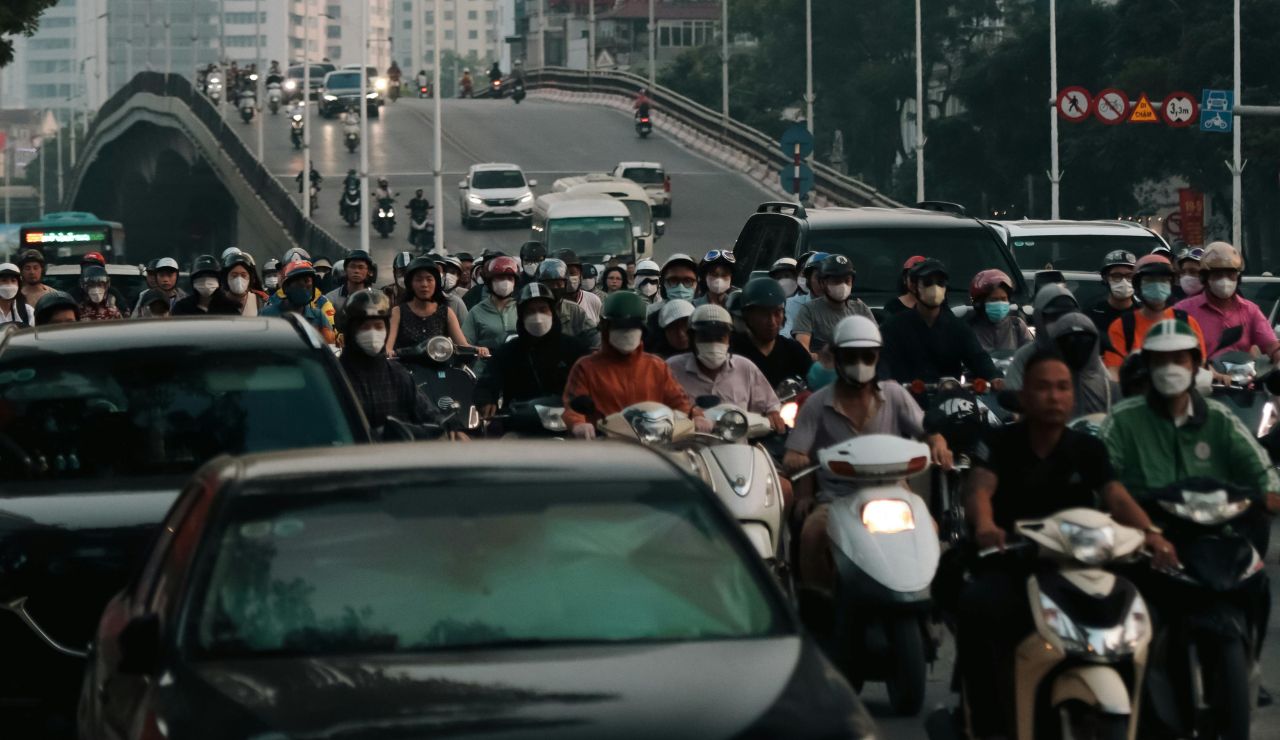
Canggu and Ubud were once peaceful corners of Bali known for yoga, quiet rice paddies, and spiritual retreats. But a boom in tourism and remote work has transformed them into busy hubs filled with scooters, coworking cafés, and constant construction. Traffic snarls now replace the island’s once-slow pace, and serene beaches compete with booming nightlife. Bali’s natural beauty still shines, but the calm that once defined its soul is fading in the rush to keep up with global demand.